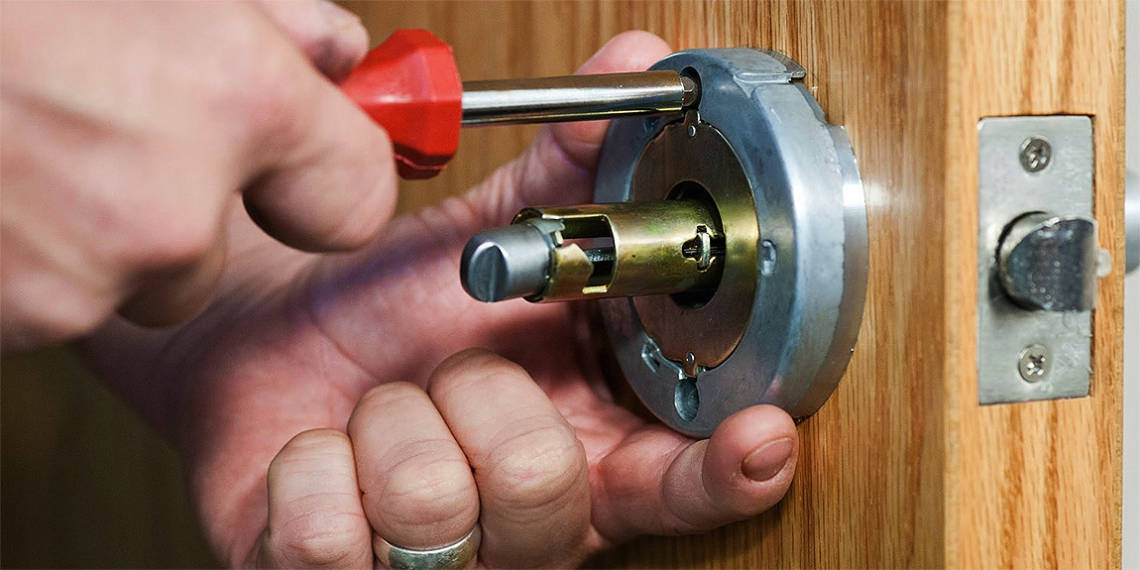Welcome to our comprehensive guide to moving – your ultimate resource for a seamless and stress-free relocation experience. Whether you’re moving across town or across the country, this article covers everything you need to know to make your move as smooth and efficient as possible.
Planning Your Move
Create a Moving Timeline
Start planning your move well in advance by creating a detailed timeline that outlines all the tasks you need to accomplish leading up to moving day. This includes scheduling movers or rental trucks, notifying utilities and service providers of your move, decluttering and organizing your belongings, and packing essentials.
Declutter and Downsize
Before you start packing, take the opportunity to declutter and downsize your belongings. Sort through your items and decide what to keep, donate, sell, or discard. This not only reduces the amount of stuff you need to pack and move but also helps streamline the process and save time and money.
Packing and Organization
Gather Packing Supplies
Collect all the necessary packing supplies, including sturdy boxes in various sizes, packing tape, bubble wrap, packing paper, and markers. Having the right materials on hand ensures that you can pack your belongings safely and securely.
Pack Room by Room
Take a systematic approach to packing by tackling one room at a time. Start with items you use less frequently and gradually work your way through each room, packing essentials last. Label each box with its contents and the room it belongs to for easy identification and organization.
Protect Fragile Items
Wrap fragile items, such as dishes, glassware, and electronics, in bubble wrap or packing paper to prevent breakage during transit. Use sturdy boxes and fill empty spaces with packing peanuts or towels to provide cushioning and stability.
Hiring Professional Movers
Research Moving Companies
If you’re hiring professional movers, take the time to research and compare moving companies in your area. Read reviews, get recommendations from friends and family, and request quotes from multiple movers to find the best option that fits your budget and needs.
Check Credentials and Insurance
Ensure that the moving company you choose is licensed, bonded, and insured to protect your belongings in case of damage or loss during the move. Verify their credentials and inquire about their insurance coverage and claims process before hiring them for your move.
Managing Moving Day
Coordinate Logistics
On moving day, coordinate logistics with your movers or rental truck company to ensure a smooth and efficient process. Provide clear instructions and directions to your new home or storage facility and communicate any special requirements or concerns ahead of time.
Pack an Essentials Box
Pack an essentials box containing essential items you’ll need immediately upon arrival at your new home, such as toiletries, medications, snacks, and important documents. Keep this box with you during the move for easy access and peace of mind.
Settling into Your New Home
Unpacking and Organizing
Once you’ve arrived at your new home, prioritize unpacking and organizing your belongings to make the transition smoother. Start with essential items and gradually unpack room by room, taking breaks as needed to avoid feeling overwhelmed.
Explore Your New Neighborhood
Take some time to explore your new neighborhood and familiarize yourself with nearby amenities, such as grocery stores, restaurants, parks, and schools. Getting to know your surroundings can help you feel more at home and settle into your new community.
Conclusion
In conclusion, moving can be a daunting task, but with proper planning, organization, and the right resources, it doesn’t have to be overwhelming. By following the tips and strategies outlined in this guide, you can streamline the moving process and enjoy a stress-free relocation experience. Whether you’re moving locally or long-distance, remember to stay organized, communicate effectively, and take breaks when needed to make the transition as smooth as possible




